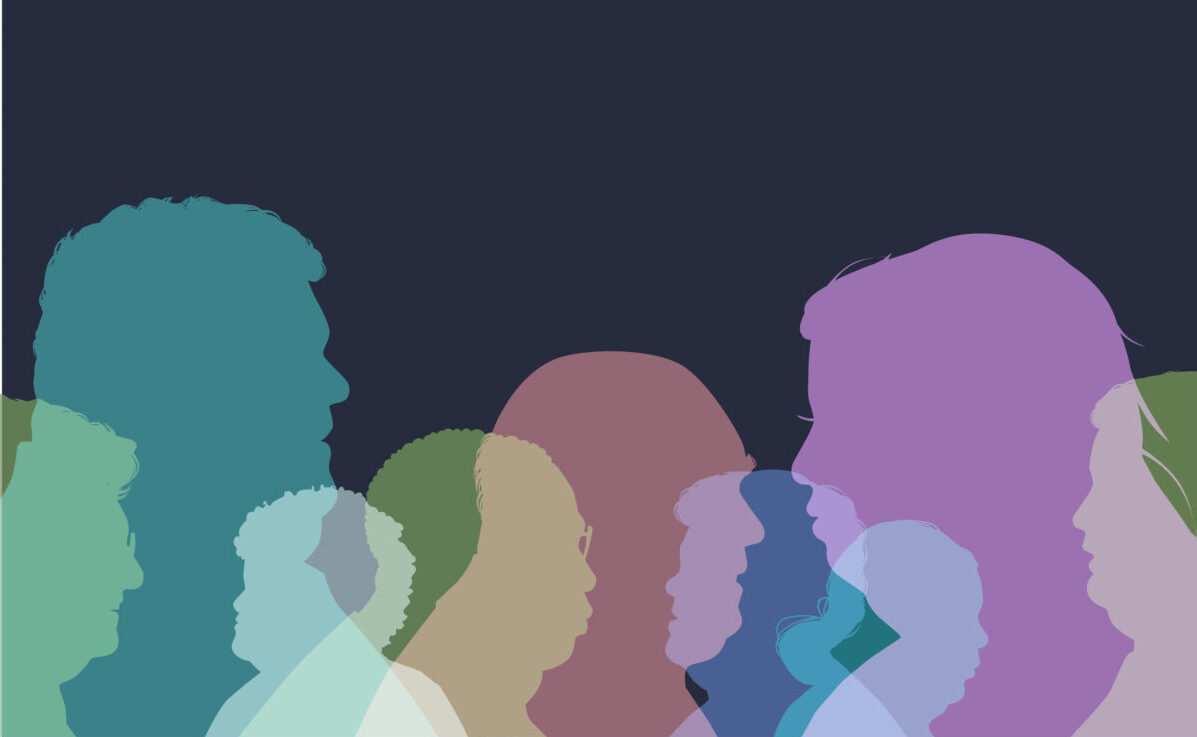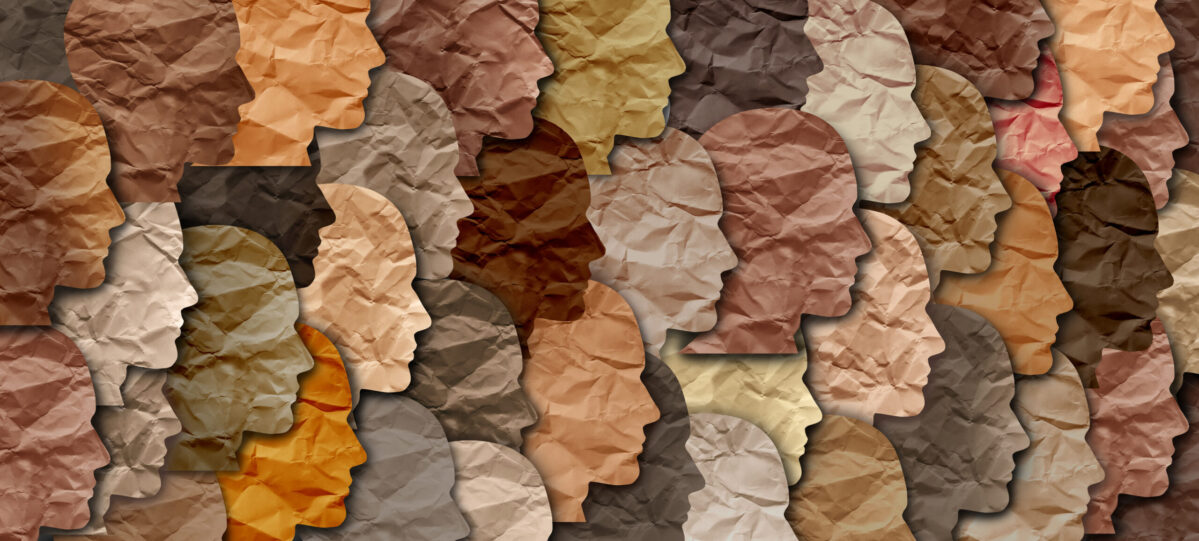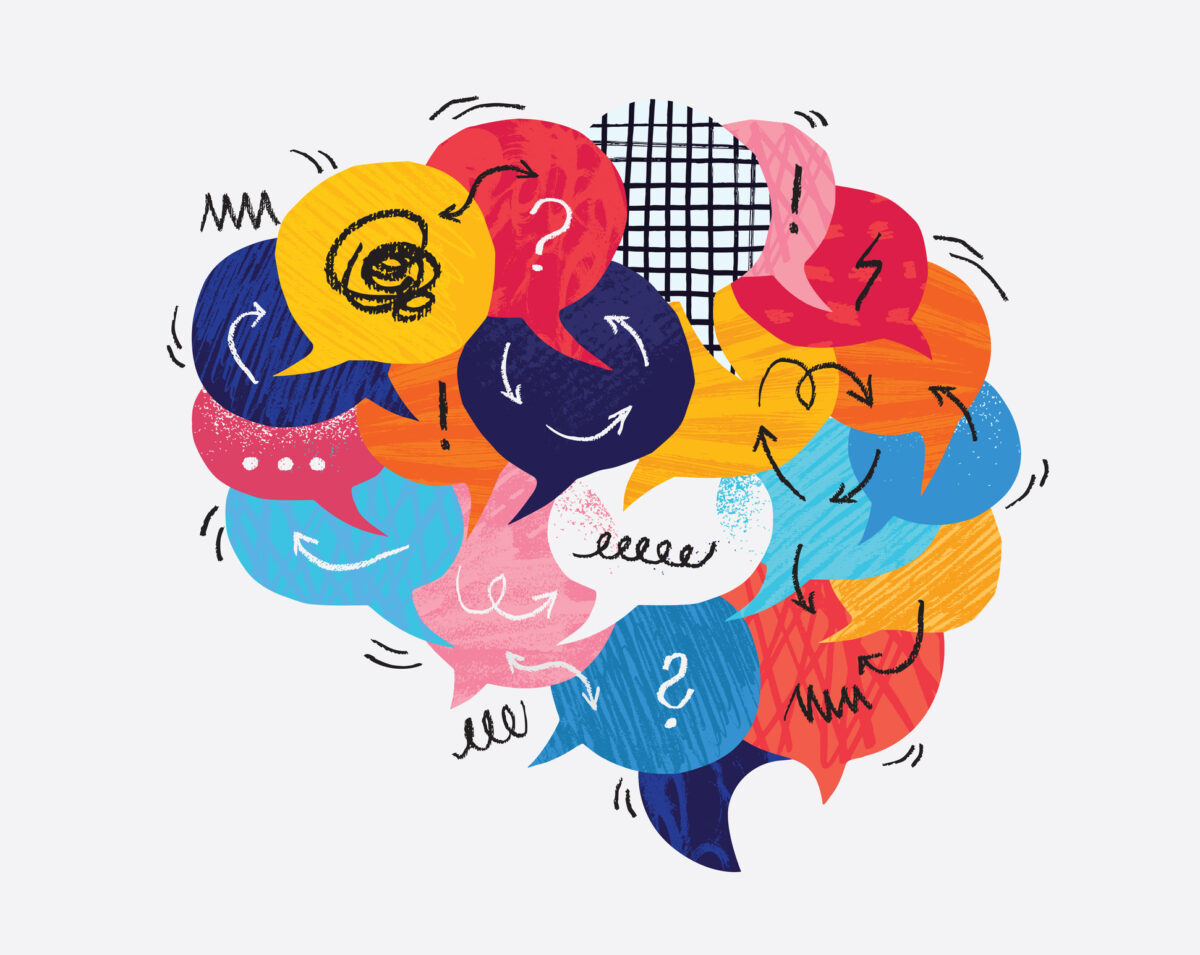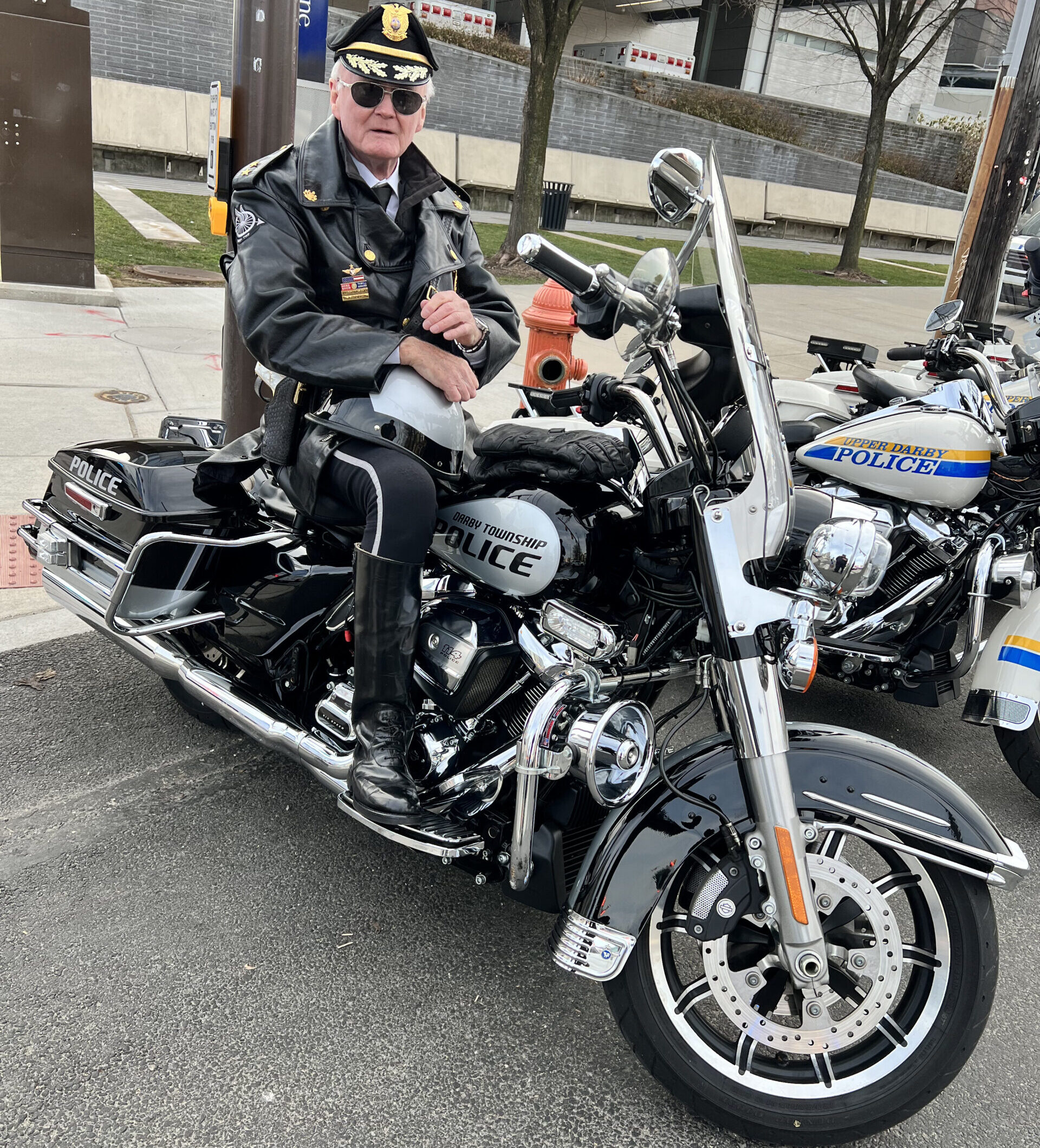Understanding invisible and visible disabilities
At PCA, we support older adults and adults of all ages with disabilities. These two groups may overlap at times. But they’re not the same. A person can have a disability at any point in life — at birth, after an illness or injury, or as they age. That’s why PCA is committed to helping the disability community across every stage of life.
When people think of disabilities, they often picture things you can see. These include a person using a wheelchair, cane or service dog. But not all disabilities are visible. Many people live with disabilities that aren’t obvious to others. But these disabilities still affect their daily lives in big ways.
A look back: How disability has been misunderstood
For a long time, society didn’t fully understand disabilities. People with disabilities were often left out or treated unfairly. Visible disabilities — ones you can see — were usually the only ones that got attention in laws or services. People with invisible disabilities were often ignored or doubted. Today, thanks to advocacy and research, we know that disability is deeper than what we can see. It’s about how someone’s body or mind works. And, that can include things we don’t always notice right away.
What are visible disabilities?
Visible disabilities are easier to see. These might include someone using a walker, having a prosthetic limb or showing signs of a skin condition. Because these disabilities are noticeable, people often understand that help or changes may be needed.
What are invisible disabilities?
Invisible disabilities are harder to notice but still have a big impact. They can include:
- Chronic illnesses, such as diabetes or lupus.
- Brain and nerve conditions, including epilepsy or multiple sclerosis.
- Mental health conditions, including PTSD or depression.
- Neurodevelopmental differences, like autism or learning disabilities.
People with invisible disabilities often face extra challenges with their health and with how others treat them. Because their disability isn’t obvious, others may question or misunderstand their needs.
Why it matters
To create a truly inclusive society, we need to understand the full range of disabilities. It’s not just about ramps or special parking spaces. It’s about respect, kindness and making sure everyone can participate – even if their challenges aren’t visible.
It’s also important to know that disability looks different for every person. What affects one person may not affect another. Many people live with more than one disability at the same time.
Moving beyond assumptions
Instead of guessing what someone can or cannot do by how they look, it’s better to listen and create spaces where everyone feels welcome. The words we use matter, too. Terms like “chronic illness” or simply “disability” help show that there are many ways to experience life with a disability.
Advocating for a more inclusive future
Disability rights have come a long way. The Americans with Disabilities Act (ADA) of 1990 protects many rights for people with disabilities. But there are still challenges. This is especially true for people with invisible disabilities who may struggle to get the help and understanding they need. By learning about both visible and invisible disabilities, we can help break down stereotypes and fight stigma. This helps to build a world where everyone’s abilities are respected and valued — whether we can see them or not.
Philadelphia Corporation for Aging (PCA) provides free person-centered counseling to connect adults with disabilities and older adults with disabilities and older adults to public benefits and private resources. A trained counselor helps to identify long-term services and supports available in the community and to provide guidance to help secure these services. To schedule a person-centered counseling appointment, call the PCA Helpline at 215-765-9040.




